Elderberry Cordial is made from the same plant as Elderflower Cordial but has way more health benefits! Find out how to make this delicious tonic below.
Soft drinks from scratch
If you've visited this blog before you'll know that I love making things from scratch and that includes drinks. We brew our own beer and hedgerow wines. We also make kombucha and tasty cordials like this Elderberry Cordial. There's something extra satisfying about making a drink from ingredients you've picked while out on a walk.
Many peoples' first taste of foraging is picking elderflower to make Elderflower Cordial. If you've made Elderflower Cordial a few times before then why not try Elderberry Cordial this autumn!
Elderberry Cordial is rich, fruity syrup that can be added simply to water, lemonade, or even alcohol to make delicious drinks. It differs from Elderflower Coridal because elderberries have a much deeper, juicy flavour compared to elderflower which is much more floral scented. Elderberry Cordial also has a reputation for being a tonic for the winter months. Both are lovely in their own right but Elderberry Cordial is a massively underrated soft drink in my opinion.
In this post I’ll tell you everything you need to know about making Elderberry Cordial from scratch, starting with how to source the best elderberries.
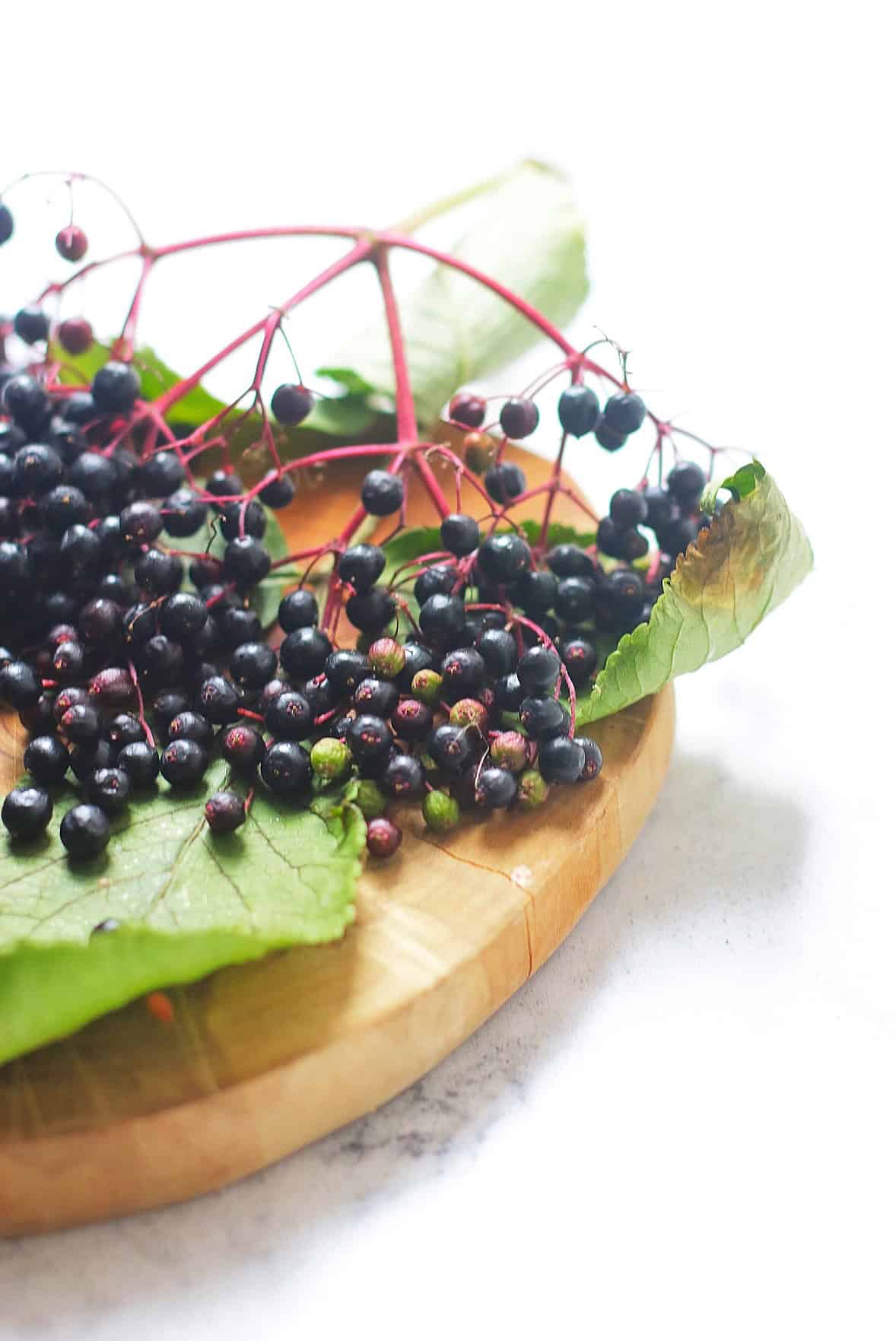
Foraging for Elderberries
If you already know where to find elderflower bushes then you are well on your way to finding elderberries. I always recommend leaving plenty of elderflower on the bush not just so that there are some left for other people who are foraging, but because they will turn into elderberries over the summer months.
When do elderberries grow?
After the elderflower season comes to an end in July, there is a long wait until elderberries begin to ripen. They can be picked from around August to October so long as they are ripe.
Elderberries aren't grown commercially so the season can vary wildly from year to year. There's no commercial crop to rely on either if someone beats you and picks them all. Keep your eyes peeled from August on wards so that you don't miss out.
Where do elderberries grow?
Elderberries grow in the exact same spot as elderflower does. They are, afterall, the exact same plant. If you've not been able to find elderflower before then you will need to look out for small, dark purple berries hanging in clusters. They are a hedgerow plant and grow on shrub like trees that often cling on to or grow alongside other larger trees. For that reason it's not uncommon for them to be 7 or 8 feet high.
These elder trees grow in woodlands, hedgerows, scrub and wasteland. They may also be found along road verges and along railway lines (but don't be tempted to trespass somewhere dangerous!).
What do elderberries taste like?
Elderberries look a little like blackcurrants and it is blackcurrants that are probably most similar in flavour. On their own they are not overly sweet. They are earthy, almost herbal in flavour, which is perhaps why some people say they are slightly medicinal in taste.
It is worth noting that some varieties of elderberry are toxic when eaten raw so it's always recommended that you cook them before tasting them. For more information visit the Food Standards Agency for advice on cooking elderberries to destroy toxins.
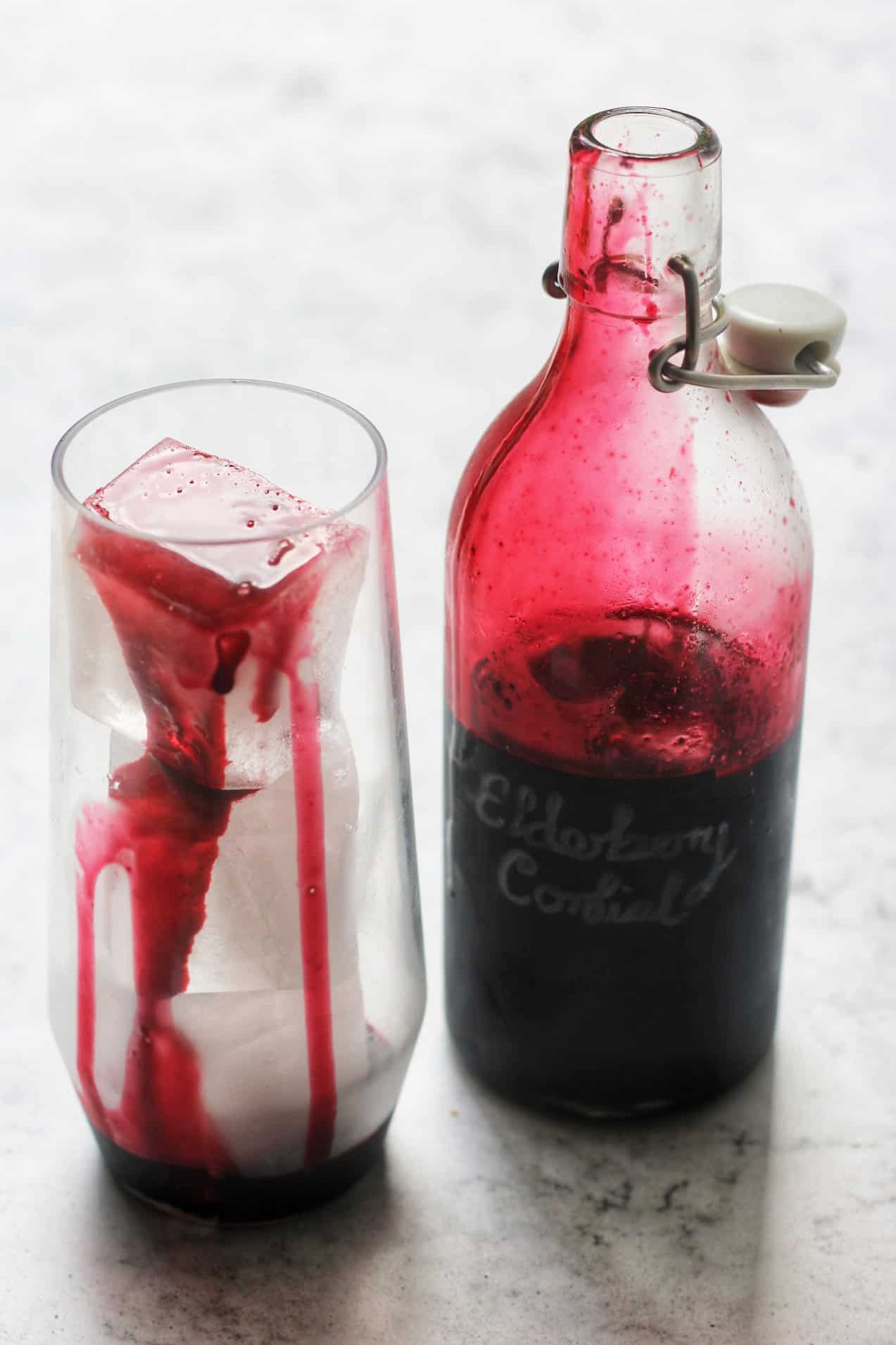
What does Elderberry Cordial taste like?
When the berries are mixed with the sugar and citrus fruit they become a really well rounded drink that is somewhere between blackcurrant juice and blackberry juice.
The cordial is delicious simply diluted with water but you can also add it to lemonade or even sparkling white wine. In the depths of winter I like to add it to Glogg or Mulled Vermouth to give them an extra boost of vitamins to keep the colds at bay.
It works really well with drinks or recipes that use other red and purple fruits.
What are the benefits of drinking Elderberry Cordial?
I've mentioned a few times that elderberries are good for you! Elderberries are full antioxidants and vitamins such as vitamin A, B6 and C which boost the immune system. They also contain good levels of iron and potassium.
Elderberries have been regarded as a medicinal plant. There are records dating back to Ancient Egypt and Ancient Greece showing the elder plant being used in medicine.
There is some research to suggest they could help ease inflammation, reduce stress, and support heart health. Perhaps the most common use for elderberry cordial (and other elderberry recipes) is as a cold and flu remedy!
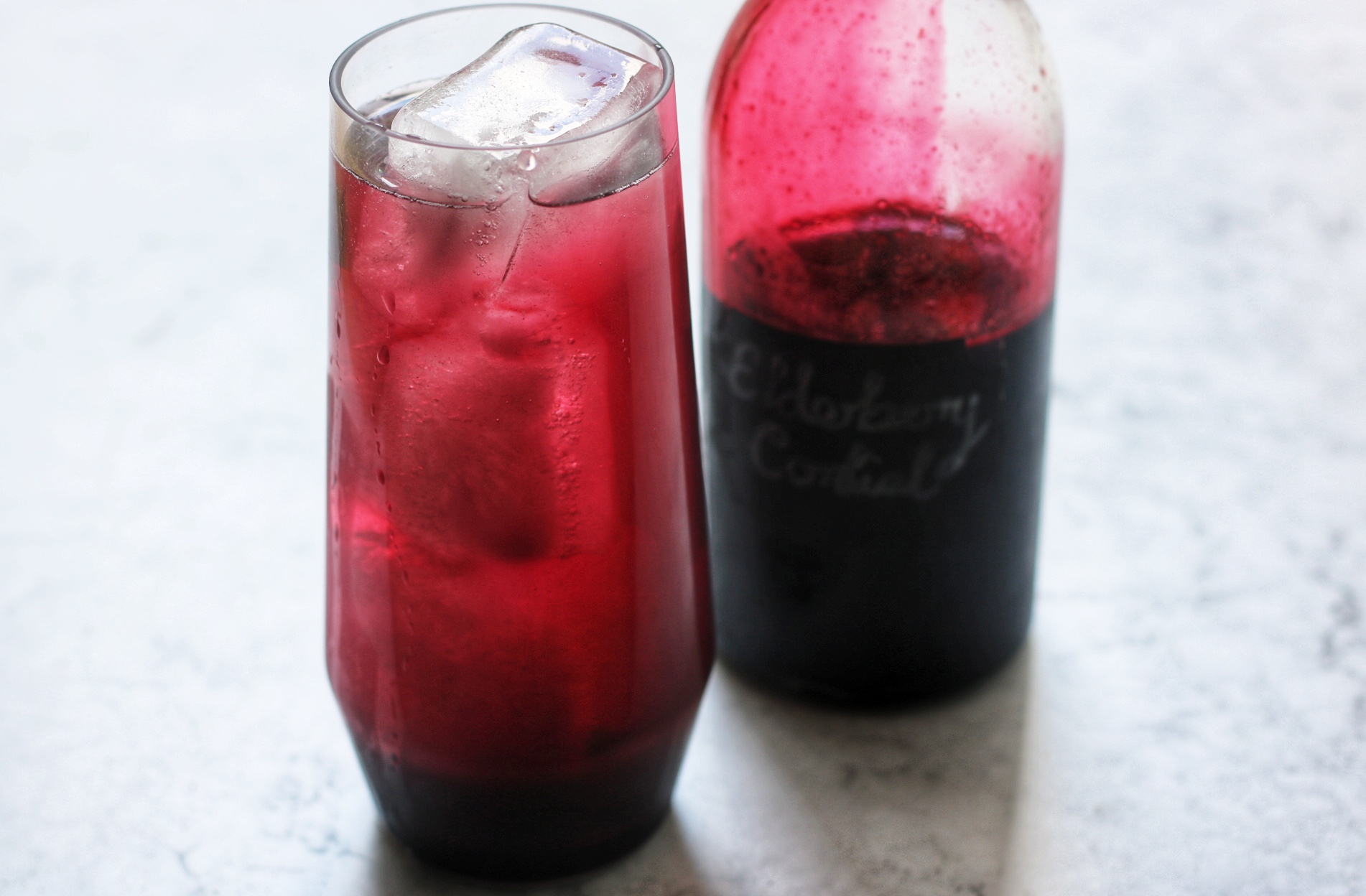
The recipe
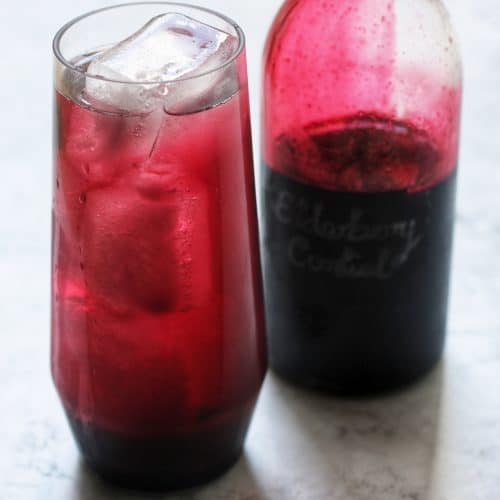
Elderberry Cordial
Ingredients
- 500 g elderberries
- 500 ml water
- 300 g granulated sugar
- 0.5 lemon juice only
Instructions
- Carefully remove the berries from the stems, discarding any bits of stalk, leaf, and any berries that are under-ripe and past their best. Once you've removed anything you don't want in your cordial, you can quickly remove the good berries using a fork.
- Rinse the berries to remove any lingering dust and debris, drain and place them in a heavy bottomed sauce pan.
- Cover with water (toughly 500ml) and simmer on a low heat for 30 minutes or until the berries have burst and broken down. If you see any scum collect on the surface, simply spoon this off and discard.
- Line a colander with muslin cloth and place over a bowl. Pour the juice and berries into the cloth and then squeeze to push all of the juice through the muslin and colander. Keep pressing and squeezing until all the juice has been removed.
- Return the juice to the saucepan along with the sugar and lemon juice.
- Place the saucepan over a low-medium and stir gently until the sugar has dissolved.
- Taste and add more sugar or lemon juice to your preference.
- Leave to simmer gently for 10-15 minutes or until you have the consistency of a thin syrup.
- Decant into a sterilised bottle.
Nutrition
My book recommendations and other resources
Before you start snacking on every plant you see, make sure you’ve done your research. You don't want to pick the wrong berry and end up with a funny tummy or worse!
The following books are all great resources to have to hand. I know it’s tempting to rely on our phones and foraging apps but a lot of these books (especially the pocket guides) are handy to have when you’re out on a walk.
- Wild Food UK: Foraging Pocket Guide (perfect for taking on walks)
- Collins: Food for Free (great for slipping into bags or pockets)
- Wild Food: A Complete Guide for Foragers (includes some fantastic recipes!)
- Collins Gem: Mushrooms (a good introduction to mushrooms)
The best website hands down is Wild Food UK (which is also why I also love their pocket guide).
More elder recipes
More ideas for foraged ingredients
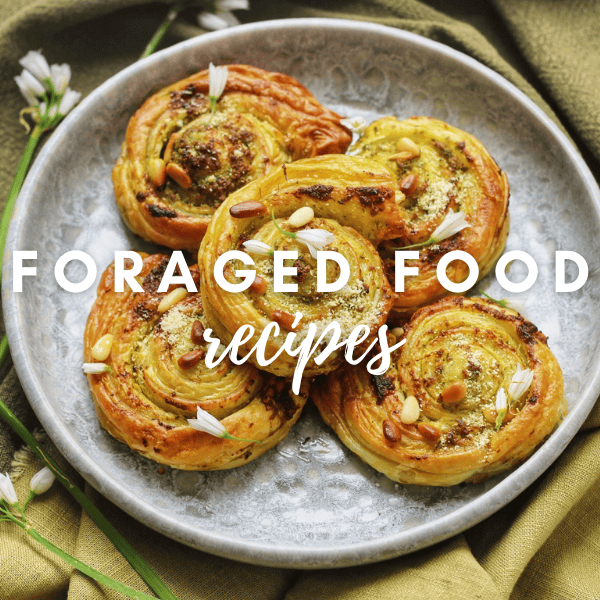
I love eating seasonally and connecting with nature. There's no better way to do this than collecting the free foods that our natural habitat provides for us. Keep checking my Foraged Foods Archive for more recipes and information about how to enjoy a range of free foods from wild garlic to three cornered leek, bullace, elder, nettles and more!

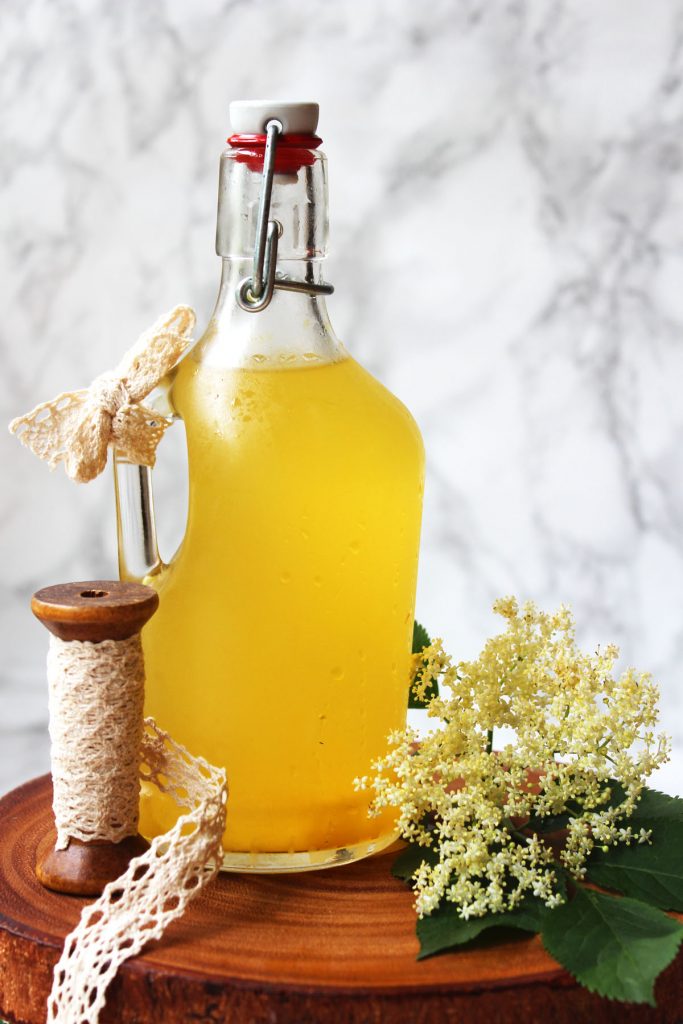
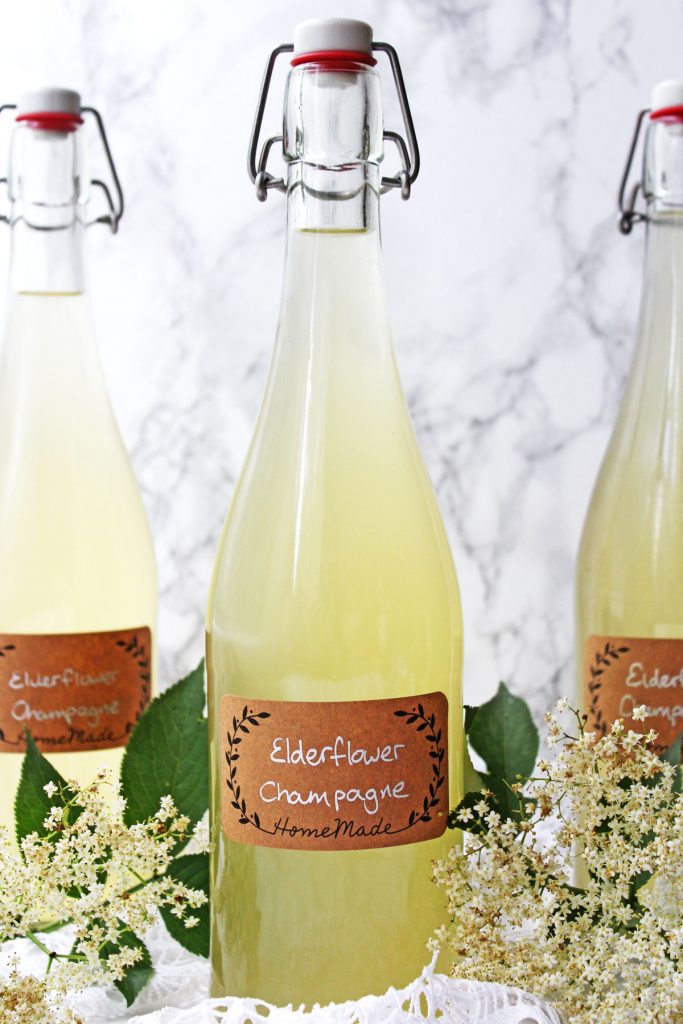
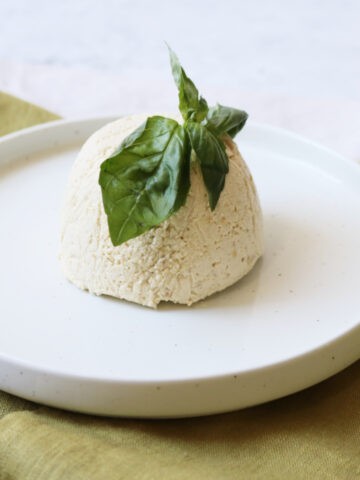
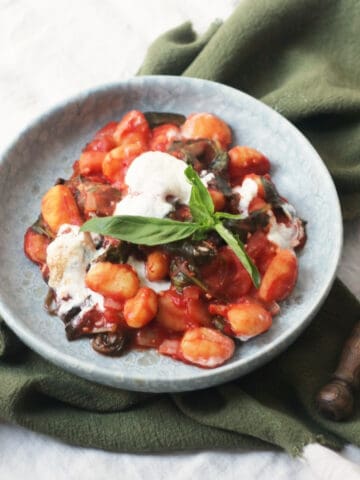
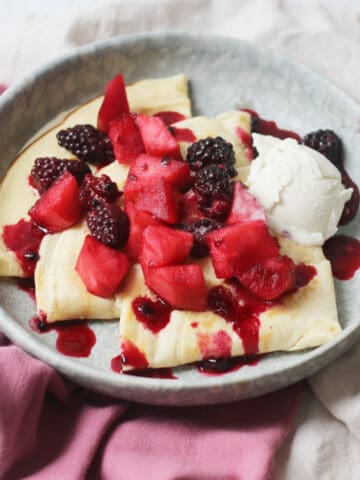
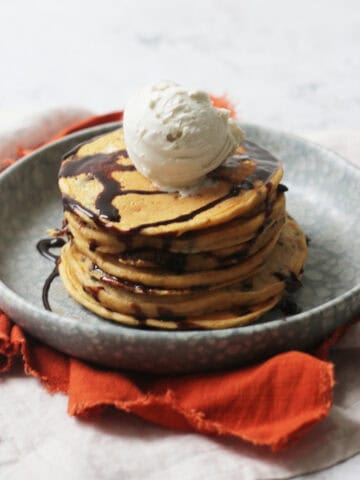
Leave a Reply